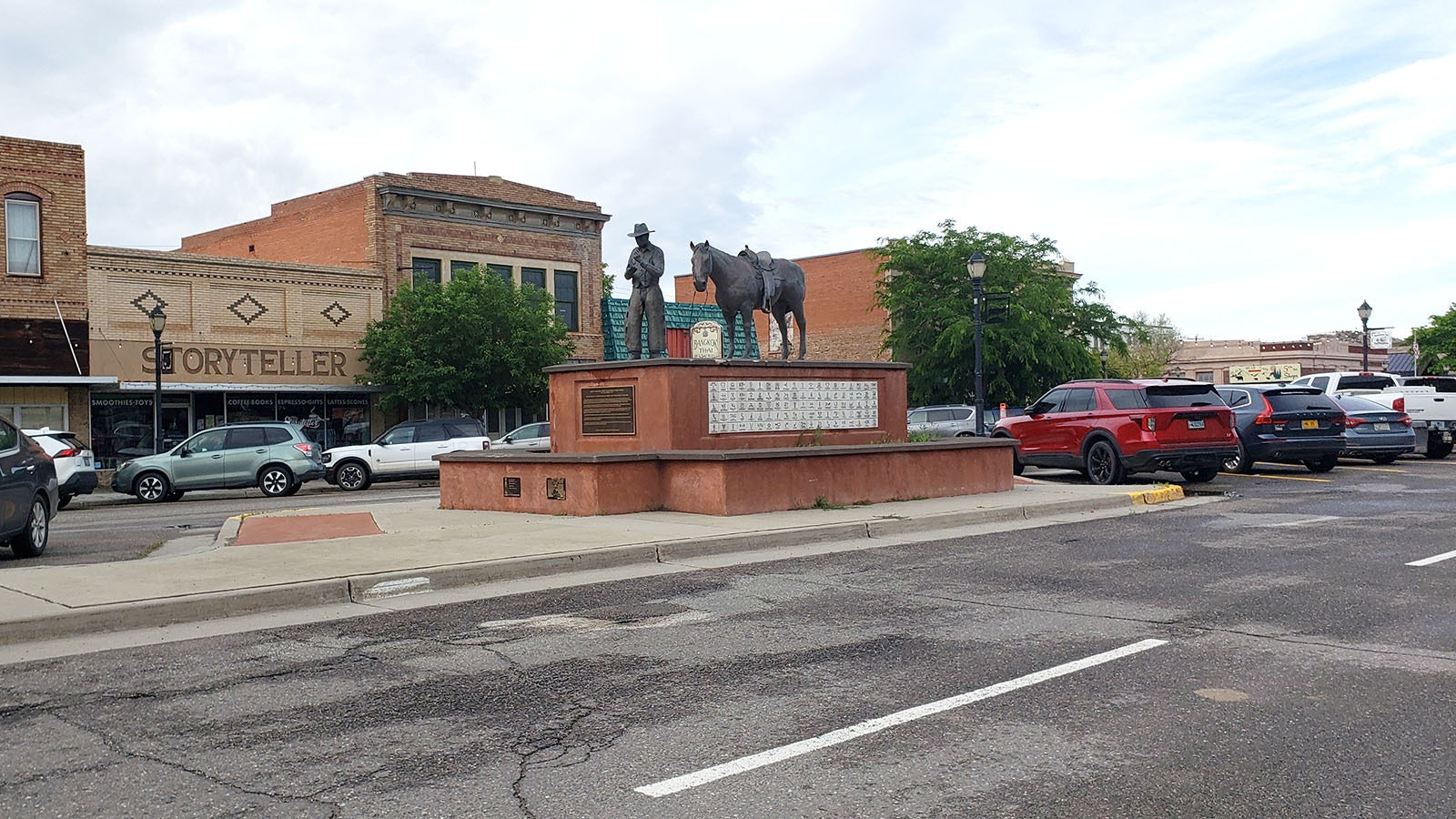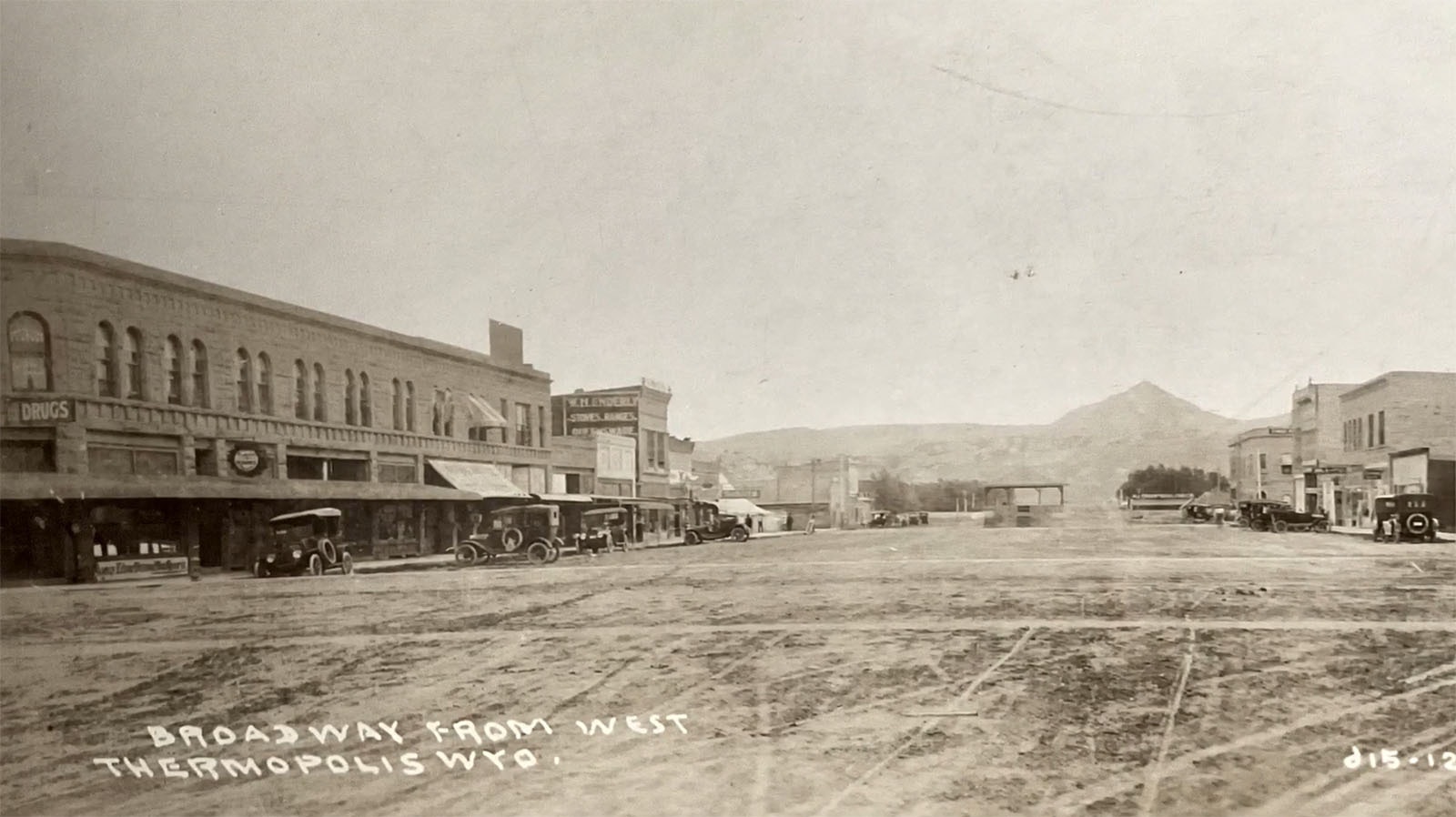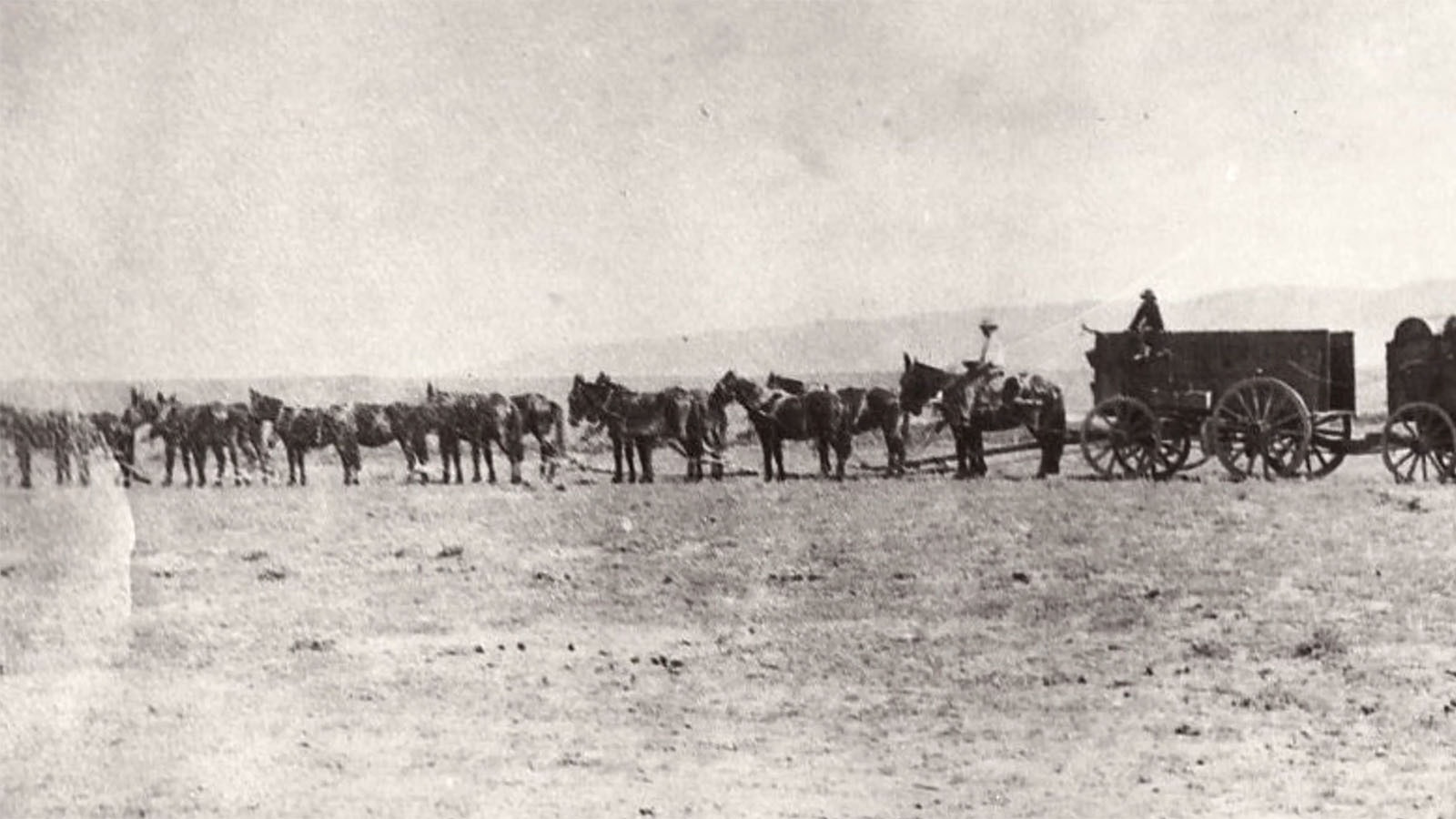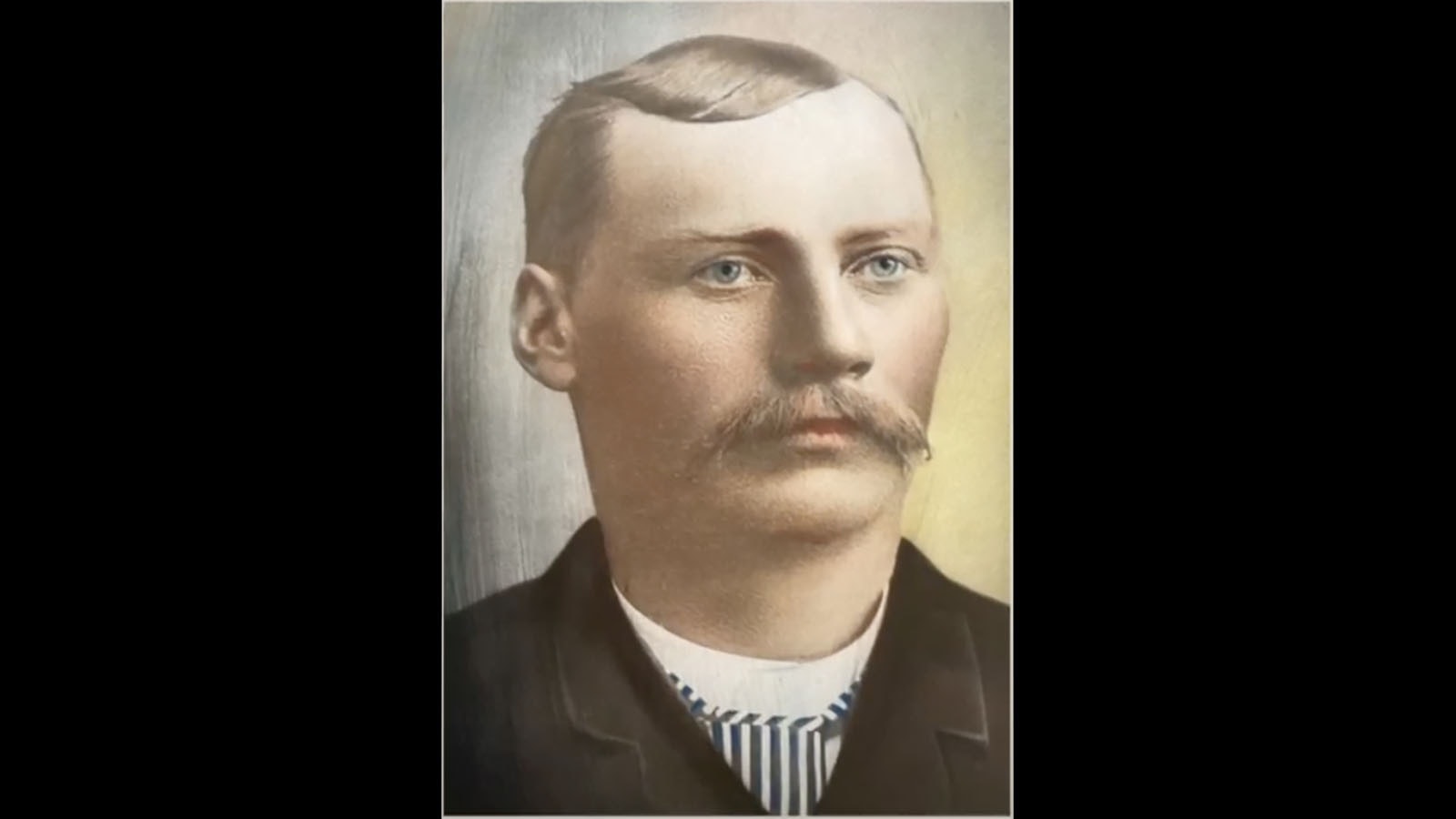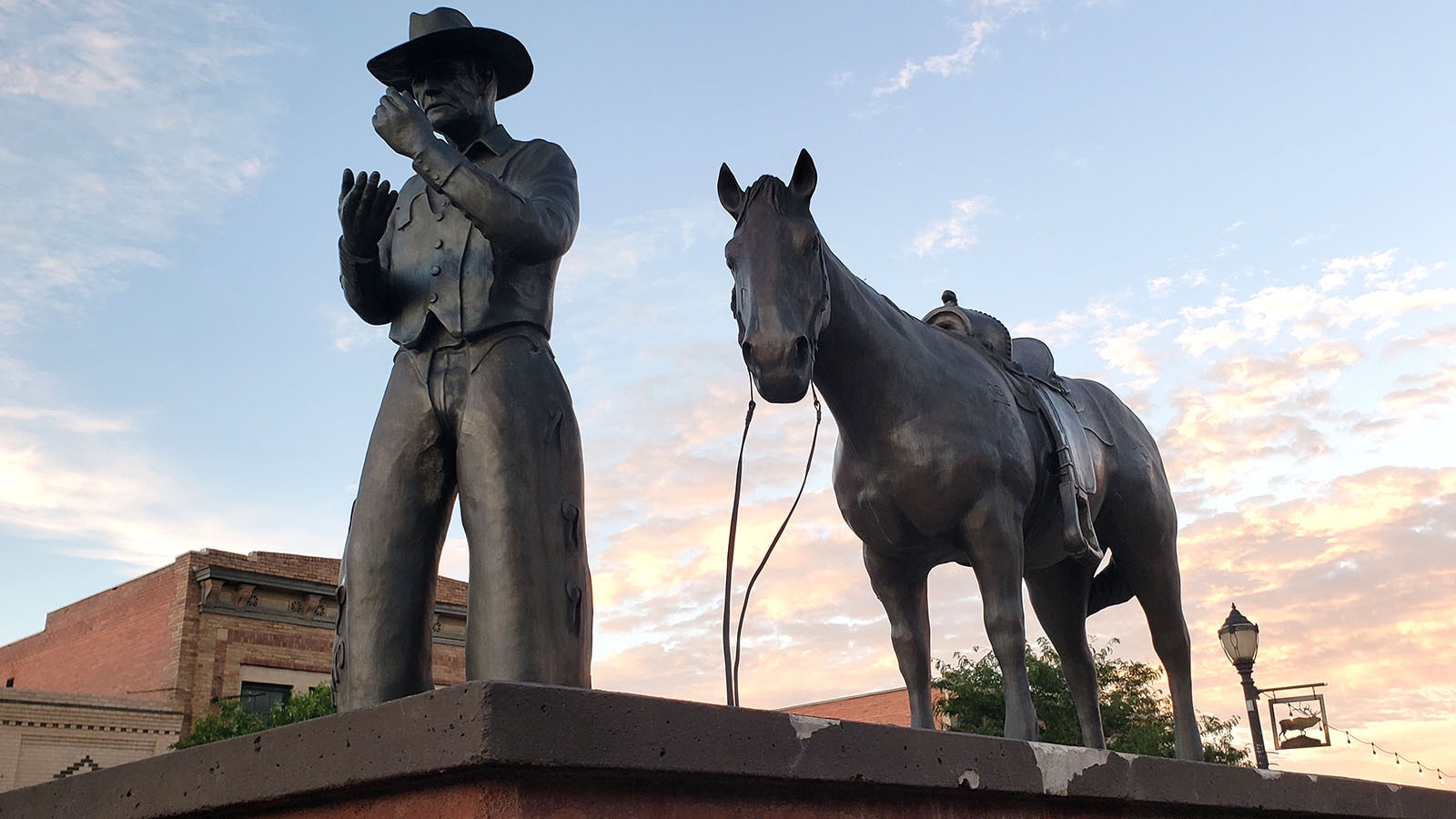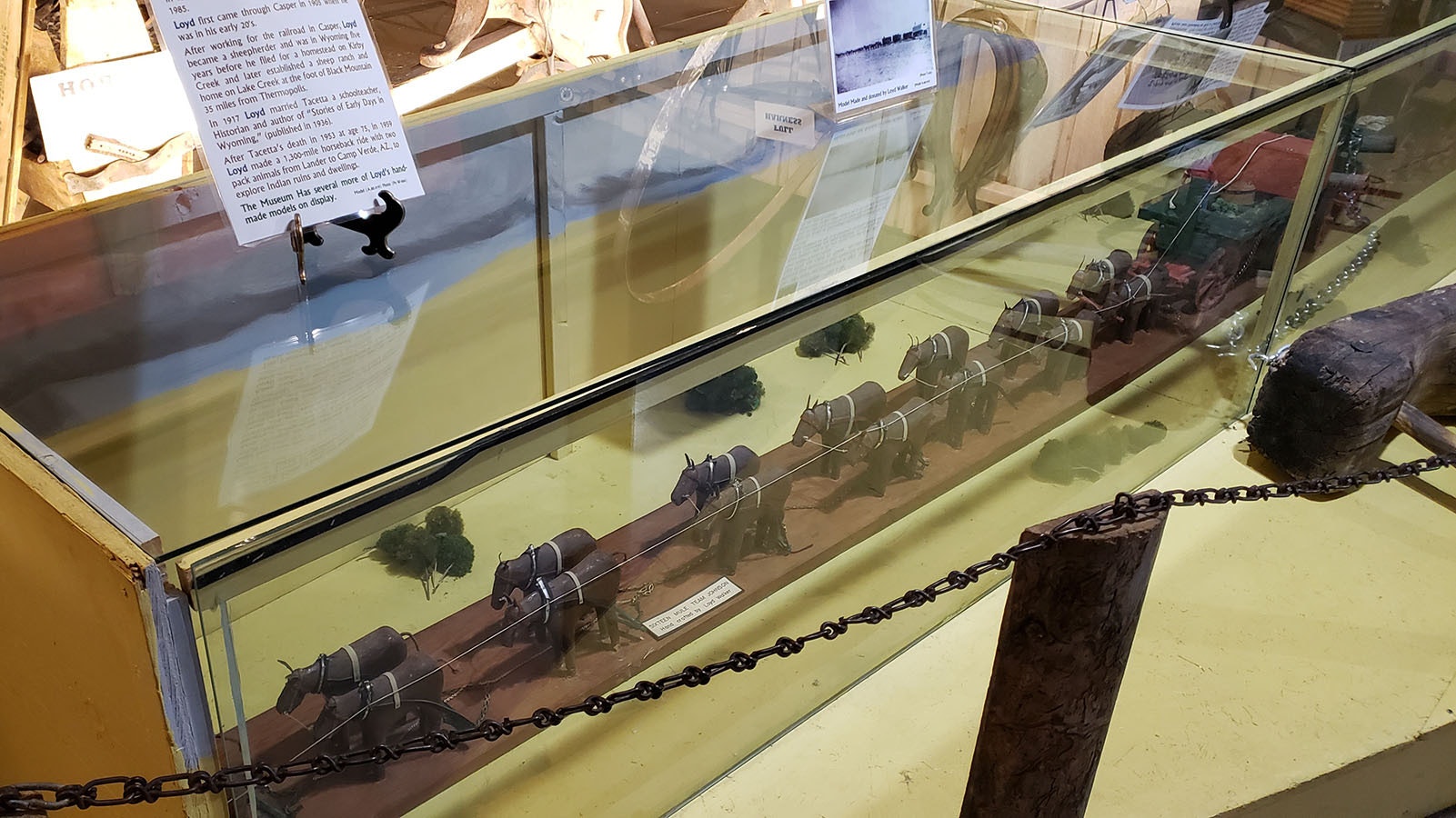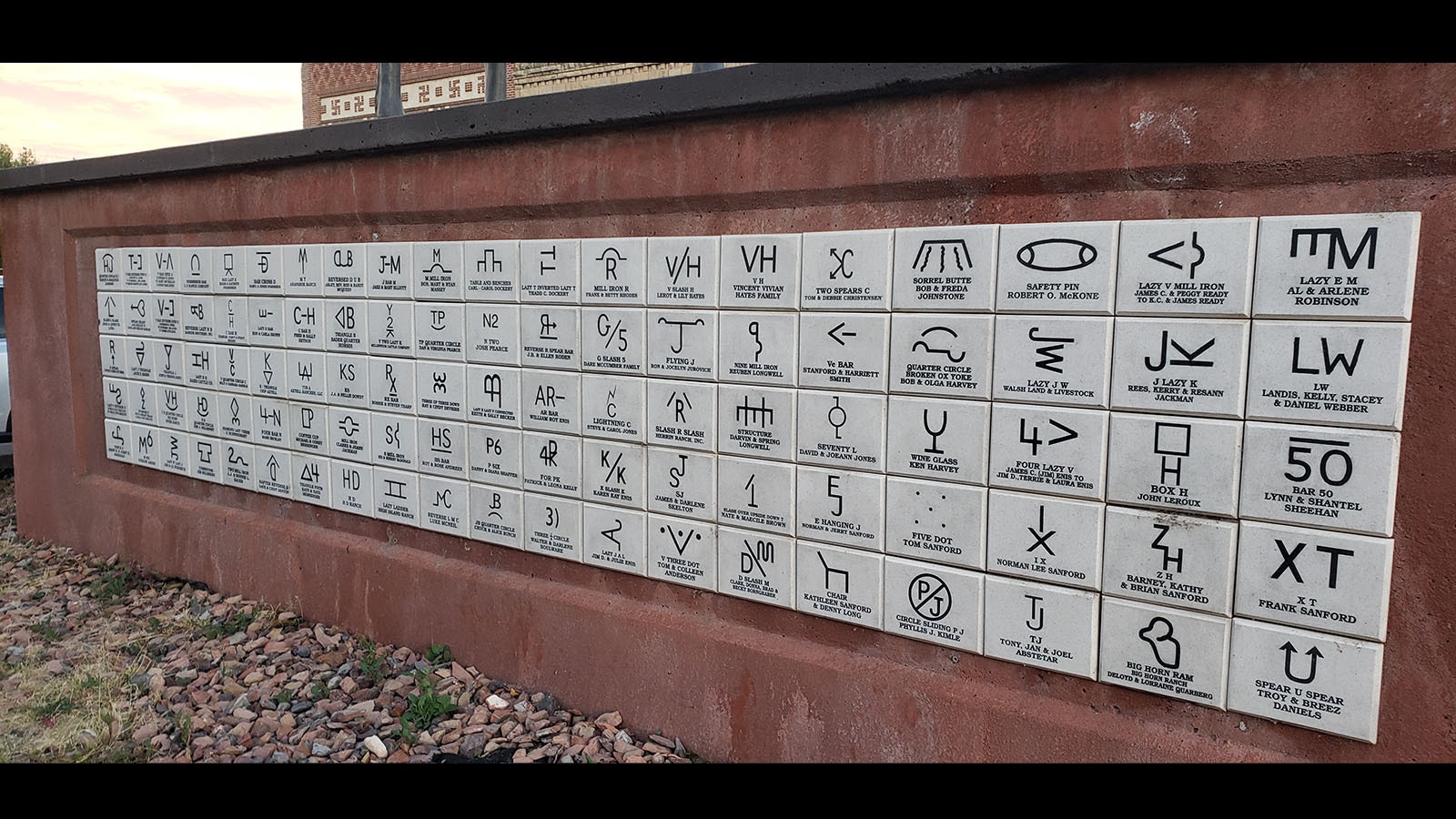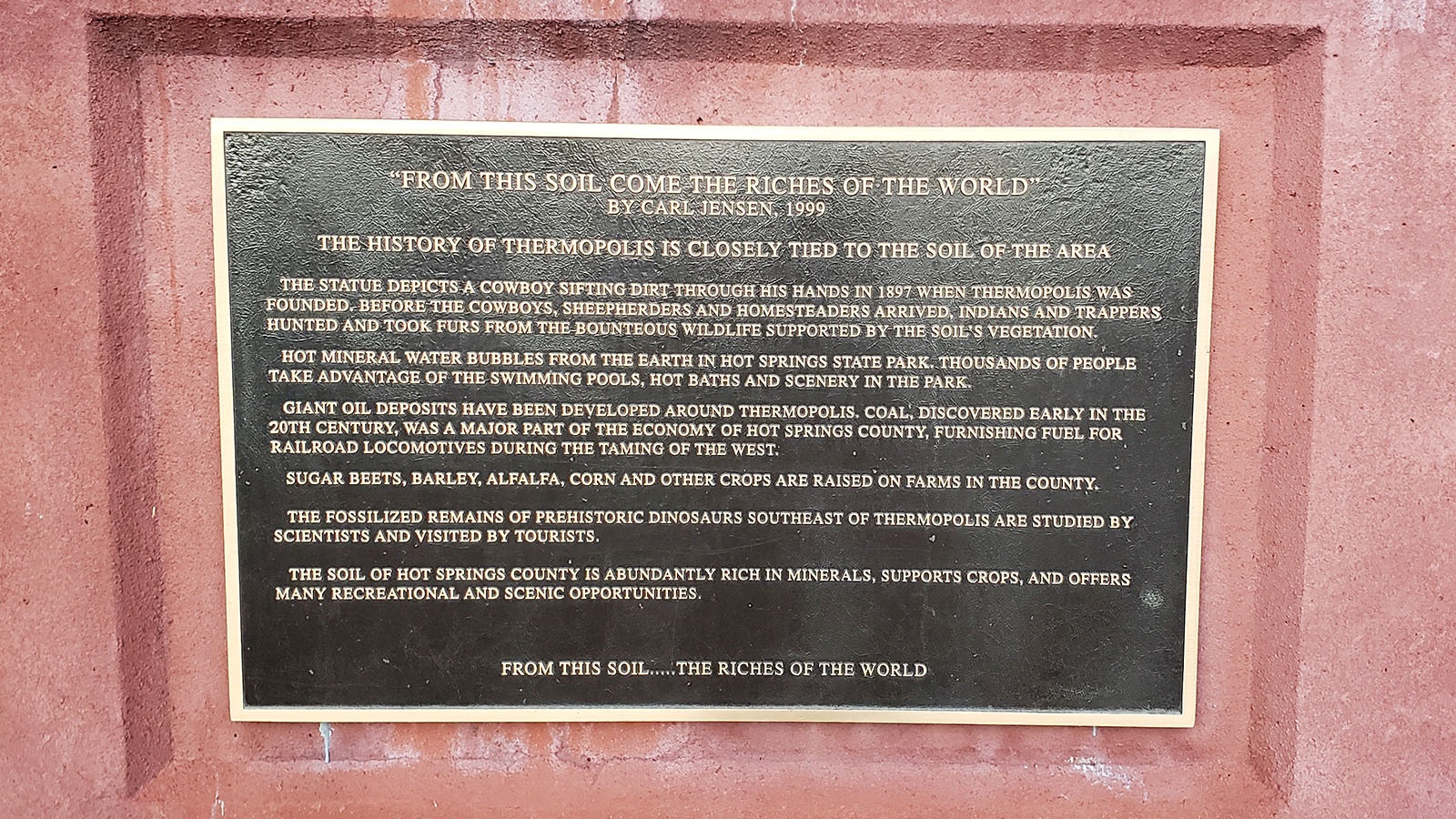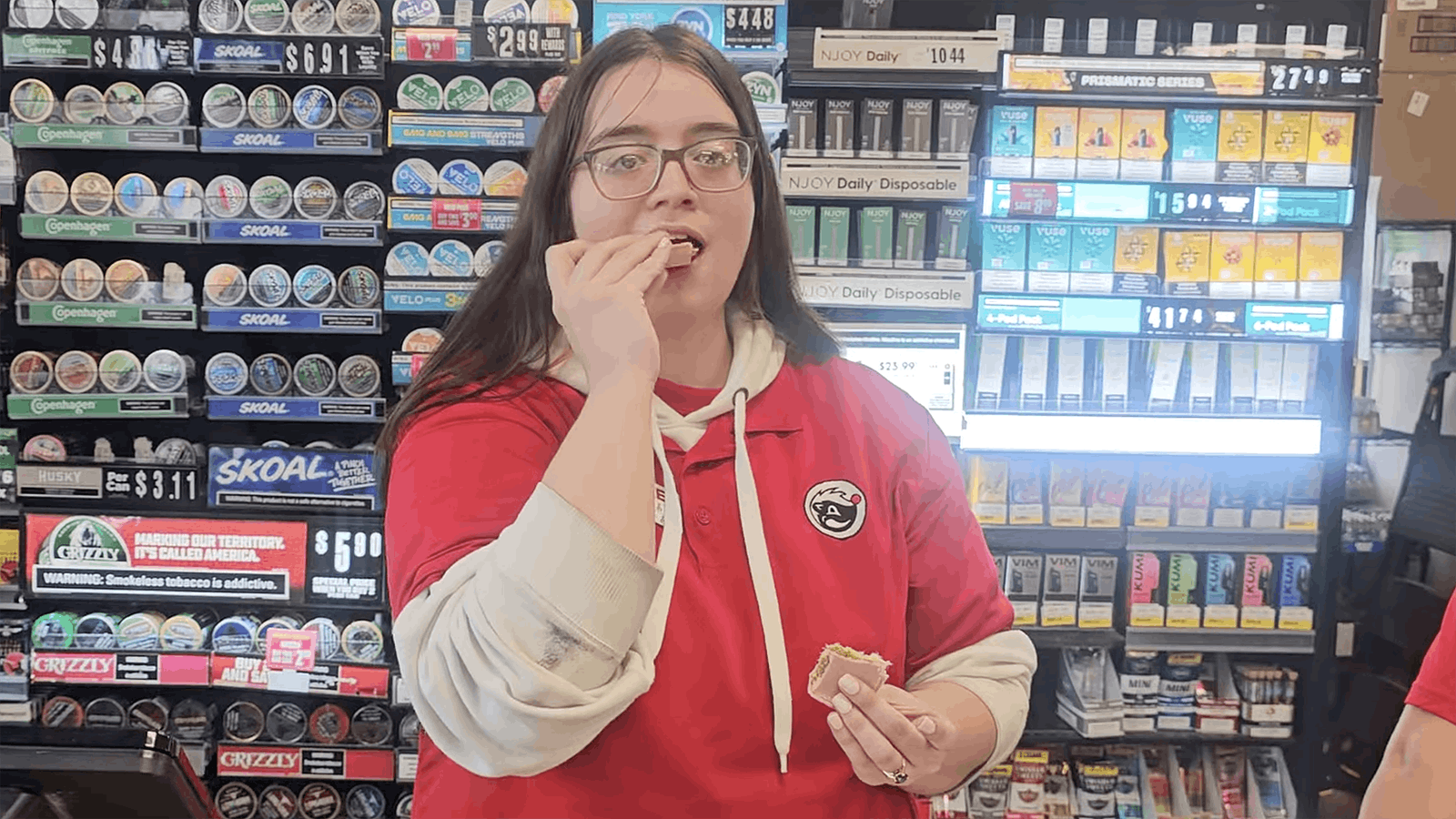THERMOPOLIS — Visitors here can’t help but notice how uncommonly wide the town’s main street is.
Broadway Street in Thermopolis is a roomy 150 feet wide — far wider than most any other town’s main drag. With vehicle lanes a more typical 9 to 15 feet wide, a roadway that’s 40 feet wide shoulder to shoulder would be a little more typical for most small-town downtowns.
But there’s a particular reason Thermopolis enjoys such wide streets. That reason is named Henry “Sixteen Mule Team” Johnson.
Thermopolis was laid out in 1896 after the Shoshone and Arapaho were forced to sell a 10 square miles of land on the northeast corner of their reservation. That square included the Thermopolis Hot Spring that is now part of the state park system, and space for a town.
When freighter Henry “Sixteen Mule Team” Johnson heard about this new town, he had just one request for the town’s founders.
He wanted a “good street,” he told them.
“Make it wide enough to turn this damn team of mules around in,” he said.
The town’s founders honored his request, and that is why Broadway Street in Thermopolis is so wide.
Who Was Johnson
Johnson was a fisherman in Denmark as a young man before immigrating to America to seek his fortune. His search for adventures and a lucrative career led him to South Dakota where he married his first wife in a sheep wagon and became a freighter.
In 1901, he acquired a water right and homesteaded several miles off of Buffalo Creek, where he raised fruits and vegetables.
He hauled goods for merchants in Thermopolis, including two men named Martin and Mcgrath. He followed the treacherous Birdseye path by way of Copper Mountain before there was a road through the Wind River Canyon, using a 16-mule team that pulled four wagons.
Only three of the wagons were loaded with goods. The fourth, which resembled a sheep wagon, was a little home on wheels for Johnson to sleep in.
Johnson’s mules were very well-trained, according to materials from the Hot Springs County Museum & Cultural Center, and knew their exact places in line. They would come when called to the correct spot, waiting to be harnessed for the day’s work.
“He would bring in $40,000 worth of goods (each trip),” Thermopolis Tourism Director Jackie Dorothy told Cowboy State Daily.
Freighting Had A Short Heyday
When Johnson was making the run from Casper to Thermopolis, many towns in Wyoming were still pretty far away from railheads, and a system of good roads was non-existent. Men like Johnson could make a good living hauling goods from railroad stops into these towns and goods from the towns back to the railroads.
These teamsters were just as key to the expansion of the early West as mountain men and cowboys. Theyprovided a lifeline of supplies to soldiers at forts, as well as to miners and settlers in the rapidly developing frontier west.
But times were quickly changing, and the days of freight-hauling like Johnson did were numbered.
With railroads building out more and more tracks to towns, the era of freighting was soon done for. In 1910, the first Burlington railroad rolled through Thermopolis.
By the 1920s, photos show a Thermopolis Broadway Street with a landscaped median in the middle, with room for parking and two lanes of traffic on both sides.
Today, there’s a bronze statue, Pioneer Cowboy and Horse, at Broadway and Sixth Street, a great spot for visitors to take a photograph as the sun sets over Thermopolis.
The statue, which was designed by sculptor Carl Jensen of Wheatland, shows a cowboy sifting dirt through his hands, standing beside a quarter horse.
The development of Thermopolis has depended on soil from its earliest days, whether farming and ranching or mining and minerals. That continues today as tourists are drawn to the hot springs or the fossilized bones of dinosaurs that have been discovered here.
“From this soil … the riches of the world,” a plaque on the statue says.
The statue doesn’t depict Johnson, Dorothy told Cowboy State Daily. It represents every hardy cowboy that helped found the town of Thermopolis.
The Cowboy weighs 250 to 300 pounds, while the horse weighs between 1,500 to 2,000 pounds and bears the 88-bar brand, an old one from southeast Wyoming. Other historic brands are also part of the statue, from the Hat Bar and Tombstone to the Z-Spear and the J Lazy R.
Renée Jean can be reached at renee@cowboystatedaily.com.

